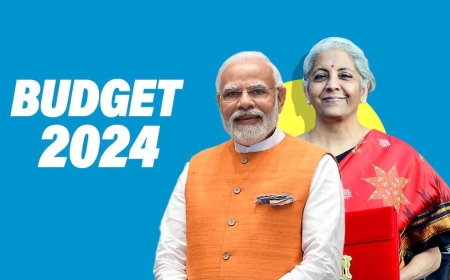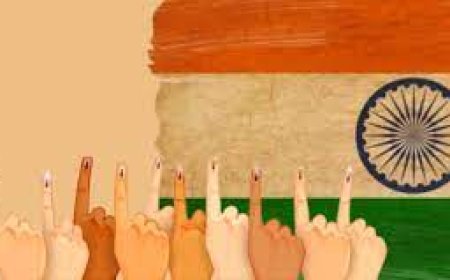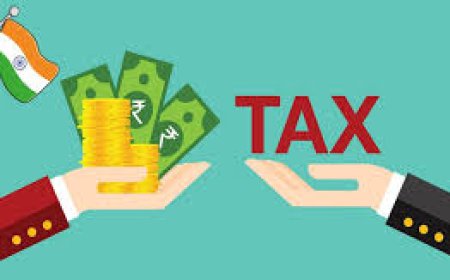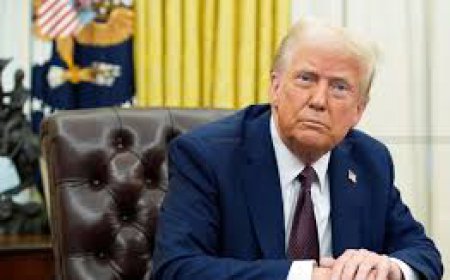Trump’s Reciprocal Tariff Strategy: Trouble for India ?
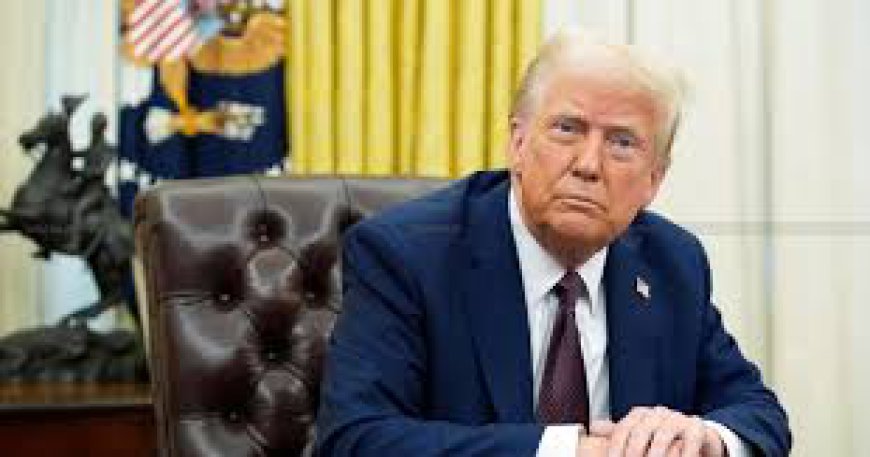
At the heart of Trump’s new trade policy is a simple promise: match the tariffs imposed by trading partners on U.S. goods on a one-to-one basis. By stating “whatever India charges, we charge them,” the president aims to level the playing field and force countries with high import duties to either lower their rates or face retaliatory measures. According to statements made during a recent interview and documented by Reuters, this policy is part of a broader initiative to shrink America’s persistent trade imbalance and generate additional tariff revenues that could help reduce the U.S. fiscal deficit.
The Intended U.S. Benefit
Proponents of this strategy argue that by imposing equivalent tariffs on countries with higher barriers, the U.S. can reclaim lost revenue and stimulate domestic manufacturing. The administration contends that reducing the trade deficit will indirectly ease fiscal pressures—channeling the extra tariff revenues into deficit reduction. In theory, a “reciprocal” system ensures fairness in global trade, compelling all nations to adhere to similar standards and thus benefiting American producers and workers.
Unintended Consequences for India
However, the reciprocal model carries hidden risks for India. Here’s how:
1. Erosion of Export Competitiveness
India’s trade relationship with the U.S. has long benefited from a substantial surplus in certain sectors. Yet, if the U.S. mirrors India’s high tariff rates on its own products, Indian exports could face a significant competitive handicap. Higher U.S. tariffs on Indian goods mean that American buyers will encounter steeper prices, potentially reducing demand for Indian products. This contraction in export volumes would weaken India’s trade surplus and widen its current account deficit.
2. Loss of Tariff Revenue and Fiscal Pressure
India, which historically has used high tariffs both as a protective mechanism and a source of revenue, might be forced to reconsider its stance. Should India opt to lower its tariffs to avoid U.S. retaliation, it risks reducing a key revenue stream that supports its fiscal budget. In an environment where public spending is critical for stimulating growth and social welfare, a dip in tariff collections could contribute to a heavier fiscal deficit.
3. Inflationary Pressures and Cost-Push Dynamics
Reciprocal tariffs often lead to higher input costs. For Indian manufacturers, the imposition of U.S.-equivalent tariffs on imported components would raise production costs. These higher costs may be passed on to consumers in the form of increased prices, further stoking domestic inflation. In turn, the government may feel compelled to ramp up subsidies or other fiscal interventions to mitigate the inflationary impact, thereby widening the fiscal gap.
A Broader Economic Impact
While some analysts, such as those at S&P Global Ratings, suggest that the impact on India may be limited given the country’s domestic-oriented economy, the cumulative effects of reduced export earnings, lowered tariff revenues, and potential inflation could eventually place India in a precarious fiscal position. In essence, Trump’s strategy—designed to bolster the U.S. deficit position—could have a reverse effect on India, leading to heavier deficits that undermine fiscal stability and economic growth.
Trump’s “apple-to-apple” tariff promise may offer a short-term boost to U.S. fiscal metrics by curbing the trade deficit and generating additional revenue. Yet, as this policy unfolds, its retaliatory nature could erode India’s export performance, diminish crucial tariff revenue, and trigger inflationary pressures—all of which may contribute to a worsening fiscal deficit in India. The delicate balance of global trade underscores that measures intended to correct one country’s economic imbalances can inadvertently sow the seeds of fiscal instability elsewhere.
By examining the reciprocal tariff approach from both sides of the Pacific, it becomes evident that while the U.S. might claim a victory in deficit reduction, India could be left grappling with heavier fiscal challenges in the process.
What's Your Reaction?









